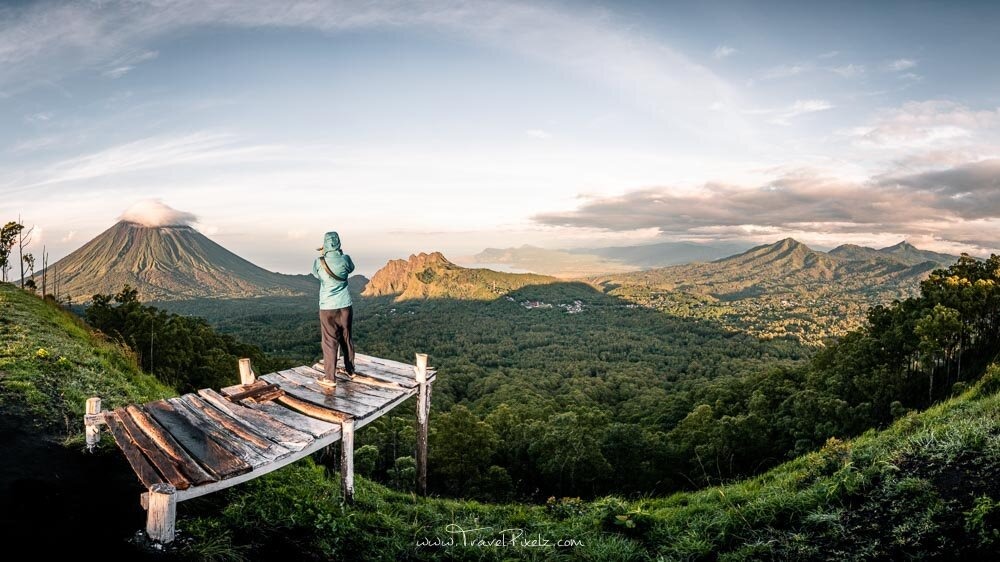How to Capture Amazing Travel Photos

Travel photography is one of the most rewarding ways to preserve memories and share your journey with others. Great travel photos don’t just document places—they tell stories, evoke emotions, and bring distant worlds closer to life. Whether you’re a beginner with a smartphone or an experienced photographer with professional gear, mastering the art of travel photography requires creativity, patience, and technique.
This comprehensive guide will teach you how to capture amazing travel photos that stand out, inspire, and truly represent your travel experiences.
Understand Your Equipment
Before you embark on your trip, familiarize yourself with your camera or smartphone.
- Know Your Gear’s Features: Learn settings like ISO, aperture, shutter speed, and white balance if using a DSLR or mirrorless camera. For smartphones, explore modes such as portrait, panorama, and manual controls if available.
- Practice Before Traveling: Experiment with your camera in different lighting and environments to build confidence.
- Carry Essential Accessories: Extra batteries, memory cards, lenses (wide-angle, zoom, prime), tripods, and cleaning kits enhance your shooting flexibility.
- Use the Right Device for the Situation: Sometimes, a smartphone’s portability outshines bulky equipment; other times, a DSLR delivers superior image quality.
A deep understanding of your equipment empowers you to capture shots precisely how you envision them.
Plan Your Shots but Stay Spontaneous
Preparation and flexibility are both essential in travel photography.
- Research Locations: Identify iconic landmarks, viewpoints, and local events to capture meaningful images.
- Scout at Different Times: Visit sites at dawn, dusk, and night for varied lighting and mood.
- Prepare Shot Lists: Have ideas ready but remain open to unexpected moments and candid scenes.
- Interact with Locals: Engage with people respectfully to photograph authentic expressions and traditions.
Combining planning with openness yields a rich, diverse photographic story.
Master Composition Techniques
Strong composition transforms ordinary scenes into compelling photographs.
- Rule of Thirds: Imagine your frame divided into nine equal parts; position key elements along these lines or intersections for balanced images.
- Leading Lines: Use roads, rivers, fences, or architectural lines to guide viewers’ eyes through the photo.
- Framing: Incorporate natural frames like windows, arches, or foliage to add depth and focus.
- Symmetry and Patterns: Capture repeated shapes or reflections for striking visuals.
- Negative Space: Allow breathing room around subjects to emphasize simplicity or scale.
- Foreground Interest: Include objects in the foreground to create layers and a sense of depth.
Practice these principles to make your photos visually engaging and storytelling.
Optimize Lighting for Stunning Images
Lighting is the cornerstone of great photography.
- Golden Hour: Shoot shortly after sunrise or before sunset when light is soft, warm, and directional.
- Blue Hour: The period just before sunrise or after sunset offers cool, atmospheric tones.
- Avoid Harsh Midday Light: When the sun is overhead, shadows are stark and highlights blown out. Use shade or reflectors if shooting midday.
- Use Backlighting Creatively: Position your subject between the sun and camera to create silhouettes or rim lighting.
- Experiment with Shadows and Contrast: Play with light and dark areas for dramatic effect.
Learning to read and use light effectively elevates your images from snapshots to art.
Capture Authentic Moments and Emotions
Travel photos resonate most when they convey genuine life.
- Candid Shots: Photograph people engaged in daily activities rather than posed portraits.
- Cultural Rituals: Document festivals, ceremonies, and traditions with respect and sensitivity.
- Emotional Expressions: Look for joy, contemplation, curiosity, and other feelings that tell stories.
- Environmental Context: Show subjects within their surroundings for richer narratives.
Patience and empathy help you capture the soul of your destinations.
Experiment with Perspectives and Angles
Changing your viewpoint adds originality and interest.
- Low Angles: Shooting from ground level can make subjects appear larger or reveal reflections.
- High Angles: Find rooftops, hills, or balconies to capture expansive scenes or crowds.
- Close-Ups: Highlight textures, colors, and details often overlooked.
- Wide Shots: Showcase grand landscapes or cityscapes for context.
- Movement: Use slow shutter speeds to blur motion or fast speeds to freeze action.
Diverse perspectives keep your portfolio dynamic and captivating.
Utilize Post-Processing Wisely
Editing enhances your photos but should remain authentic.
- Basic Adjustments: Tweak exposure, contrast, saturation, and sharpness to improve clarity.
- Crop and Straighten: Refine composition and eliminate distractions.
- Preserve Natural Colors: Avoid over-editing that distorts reality.
- Use Presets or Filters Judiciously: Maintain a consistent style but prioritize storytelling.
- Use Reputable Software: Adobe Lightroom, Photoshop, or mobile apps like Snapseed offer powerful editing tools.
Thoughtful post-processing polishes your work without compromising integrity.
Protect Your Gear and Respect Regulations
Safeguarding your equipment and abiding by local rules are vital.
- Use Camera Straps and Protective Cases: Prevent drops and damage during active travel.
- Back Up Photos Regularly: Use cloud services or portable drives to avoid data loss.
- Follow Photography Rules: Some sites or people prohibit photos; always seek permission.
- Be Mindful of Privacy: Avoid intrusive shots and respect cultural sensitivities.
- Stay Safe: Don’t risk your safety for a photo; know your limits.
Responsible practices ensure longevity of your gear and positive experiences.
Build a Cohesive Travel Photo Story
The best travel photo collections tell a cohesive story.
- Curate Your Shots: Select images that complement each other thematically and stylistically.
- Include Variety: Mix landscapes, portraits, details, and moments.
- Sequence Thoughtfully: Arrange photos to guide viewers through your journey.
- Write Captions: Share context, emotions, and background stories.
- Share Creatively: Use blogs, social media, or printed albums to showcase your work.
Storytelling transforms your images from mere memories to immersive narratives.
Practice Patience and Keep Learning
Travel photography is a craft developed over time.
- Be Patient: Wait for the right light, subject, or moment rather than rushing shots.
- Keep Shooting: The more photos you take, the better you understand your style and techniques.
- Seek Feedback: Join photography communities or workshops.
- Study the Masters: Analyze works of renowned travel photographers for inspiration.
- Experiment: Don’t be afraid to try new approaches and learn from mistakes.
Continuous learning sharpens your eye and enriches your creativity.
Conclusion: Elevate Your Travel Photography
Capturing amazing travel photos involves a blend of technical skill, artistic vision, cultural respect, and personal expression. By mastering your equipment, harnessing light, composing thoughtfully, and telling authentic stories, you can create images that not only document but celebrate your adventures. Approach travel photography as both a craft and a passion, and your photos will inspire, move, and transport viewers to the very places you’ve explored.
With these tips, your travel photography will evolve from snapshots into compelling visual journeys worth sharing.



